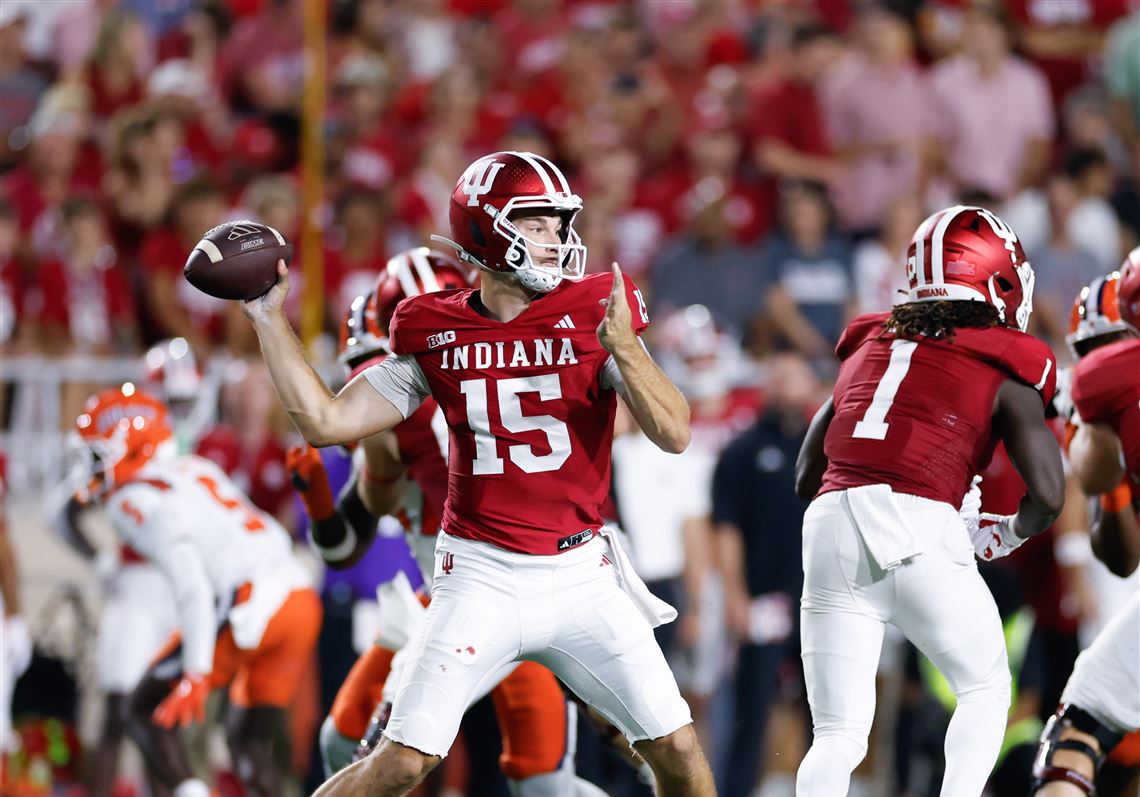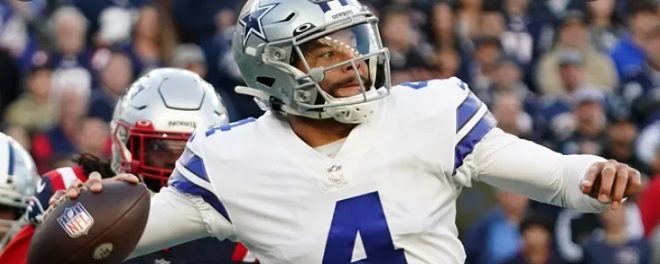NFL fans and experts alike continue to hold the view that a great defense and rush offense are more crucial to winning a championship, even if the quarterback’s role has grown over the last three decades. This concept dates back to the NFL’s early years, when rushing the ball was much more prevalent than passing. In a game that was once centered on running backs and the middle linebackers who tackled them, what has caused the general mentality to shift? The explanations are numerous and intriguing. Additionally, they go well beyond previous rule modifications that safeguard wide receivers and quarterbacks. In this article we examine the data from a historical standpoint to determine the causes of the passing game’s explosion.
The majority of modern NFL viewers are aware that quarterbacks like Patrick Mahomes or Tom Brady lead their teams toward the scoreboard in this fast-paced sport. However, things haven’t always been this way.It may be difficult to recall how common ground-and-pound running games were in the NFL in the past given the success of the Patriots under Brady and today’s high-flying offenses. They are no longer common.
How the Game Was Altered in 1970s
First, coaches Bill Walsh and Don Coryell developed innovative passing schemes that resulted in several points. With his expansive scheme, Coryell made Kellen Winslow and Dan Fouts into superstars. Walsh created the West Coast offensive, which was honed in San Francisco, where a teenaged Brady observed the success of Jerry Rice and Joe Montana in a scheme centered on short, fast passes. It made it possible for the top athletes in the league to make open-field plays.
The 1979 rule modification that forbade defenders from making contact with receivers farther than five yards downfield until they touched the football was the second—and possibly most significant—change. The regulation was implemented after Raiders safety Jack Tatum, who was notorious for his violent secondary hits at the time, paralyzed Patriots receiver Darryl Stingley during a preseason game.
Prior to the 1970s, having a strong running back was frequently just as crucial as having a strong quarterback since passing was viewed as a high-risk, high-reward strategy.
Offenses passed for more yards than they carried for the first time since 1982. Since then, the difference between rush and pass attempts has kept growing.
Evolution of the Game During Past Decades
Only two seasons (1997, 2005) since the 1990s have seen teams with more running yards than passing yards surpass teams with more passing yards in terms of points scored. Prior to 1991, passing yards and rushing yards were distributed fairly evenly along the path to points.
Every game in the 2021 NFL season had 24.8 points scored by each club. You could say that defenses are becoming worse, but that isn’t really the case. Defense has evolved in tandem with offense. These pass-heavy offenses have made defensive players lighter and speedier. They must be able to compete with running backs and wide receivers who are beyond human.
NFL passing games have been even more exciting in recent decades. As clubs look for advantageous circumstances for all kinds of receivers in the age of extremely effective passing attacks, the league is now matchup-based. No wonder three quarterbacks who have won Super Bowls in the last decades are at the top of the lifetime passer rating rankings: Tom Brady, Drew Brees and Peyton Manning.
Conclusion
The NFL’s need for increased scoring, increased spectator entertainment, and developing offenses meant that the league would eventually become a passing one. The consequences of the increased passing would eventually show up in both statistics and fan perception. Initially, there were only a few exceptions, but now the NFL is a passing league.






